
What would you do for a truly great meal? Cross an ocean? Ride a dog sled into the Arctic wilderness? Take a cable car to 11,000 feet in the Alps? For certain kinds of gourmands, the journey isn’t just part of the story; it’s the price of admission. The logic is simple: if someone is crazy enough to build a restaurant in a place where the air is thin and the delivery logistics nightmarish, the food better be transcendent. And in these kitchens, it is. These are the fine dining restaurants at the far ends of the earth—fewer crowds, bigger views, and menus worth every mile.
FINE DINING IN THE WORLD’S MOST REMOTE CORNERS
Dining Room, Fogo Island
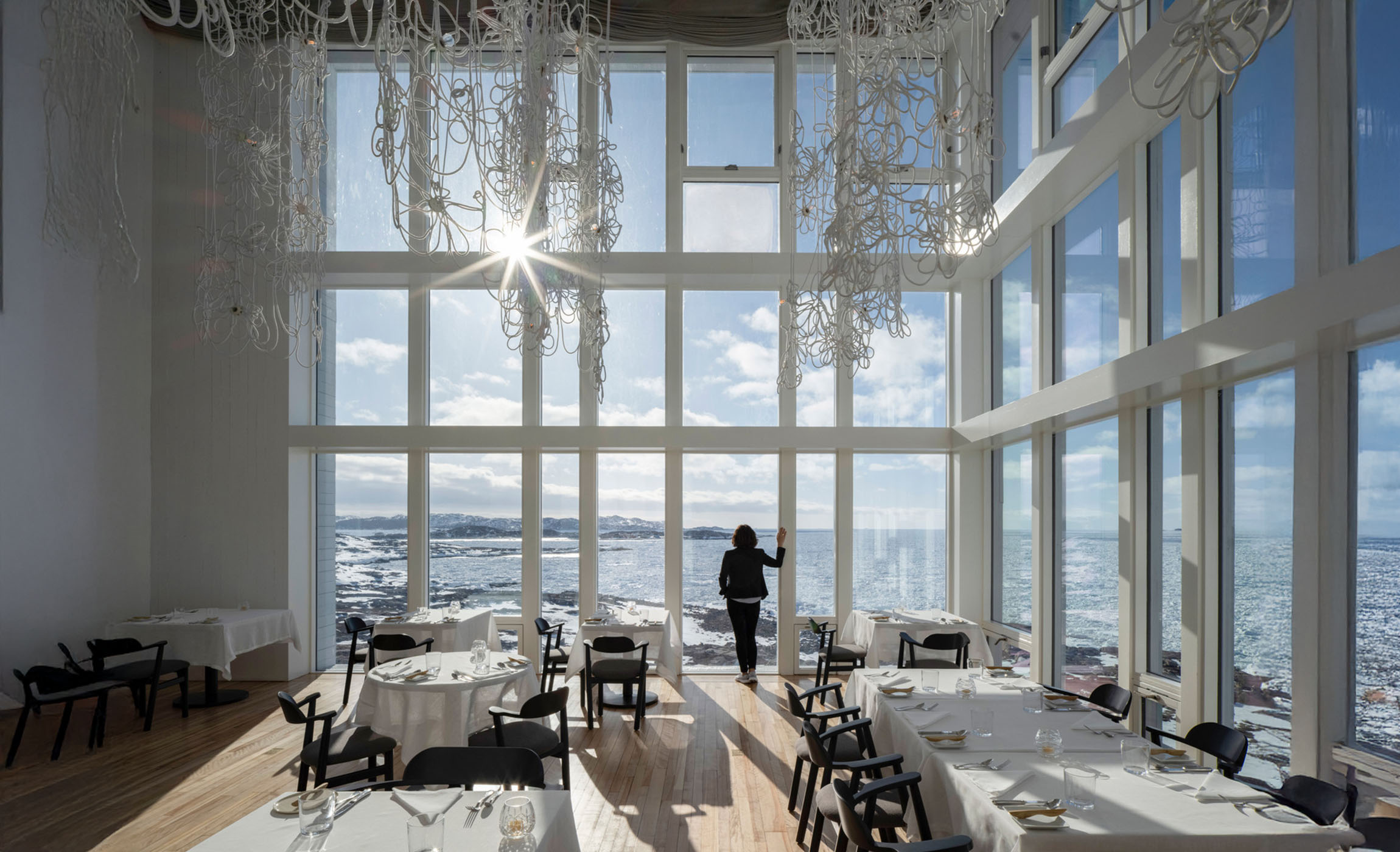
Set at the very edge of Newfoundland, where the Atlantic crashes against craggy shores, is the Dining Room at Fogo Island Inn. Meals here echo the rhythms of the island: what’s fished, foraged, preserved, or harvested locally is what shows up on the plate. One night might bring a broth built from beach-combed kelp, another a pan of hand-dived scallops glazed with birch syrup and cloudberries. The view—enormous windows overlooking sea and sky—is cinematic, and the atmosphere hushed. This is slow dining, rich with place. Getting here is part of the ritual: fly to Gander, drive hours through wilderness, and finally ferry across to an inn built like a Nordic poem.
Locanda del Pilone, Italy

Perched atop Alba’s highest ridge, this restored farmhouse-turned-Michelin-starred Krug Embassy is a masterclass in Italian culinary restraint and regional reverence. Under Chef Federico Gallo, the menu is pure Piedmont: white truffles when in season, raw Fassona beef folded like silk, and delicate riffs on vitello tonnato that melt on your palate. It’s an elegant, hyperlocal symphony of land, wine, and time. Made richer by panoramic vineyard views and a 1,400-label cellar that may ruin you for other wine lists forever.
Under, Norway
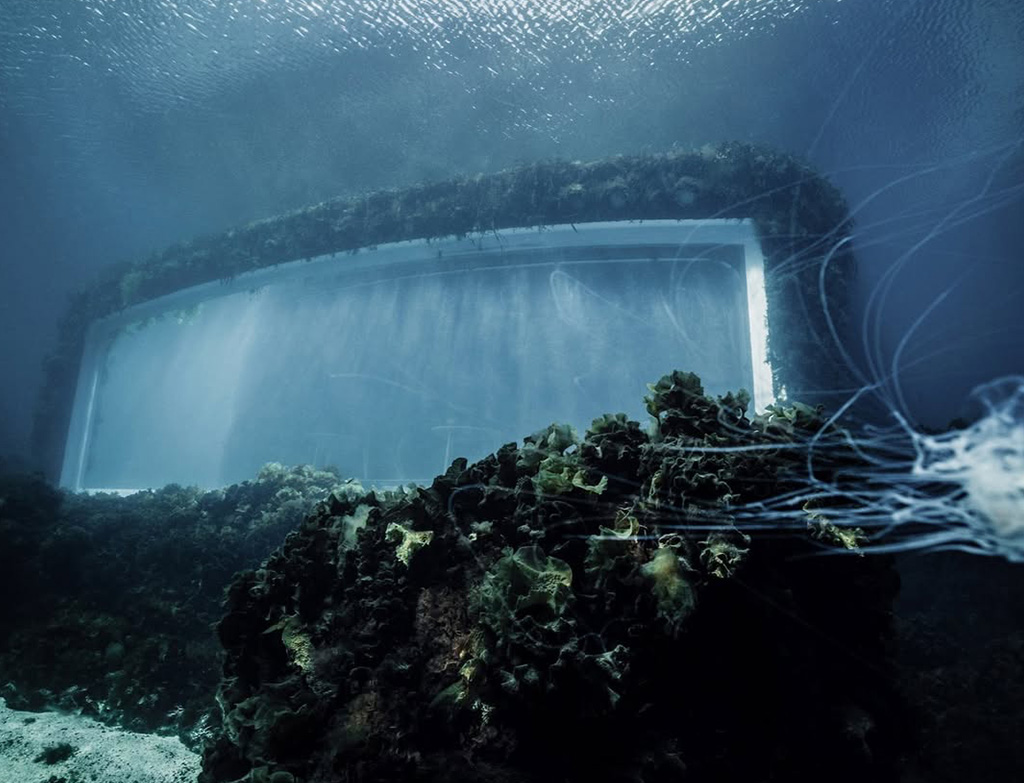
At Under, you descend five meters below the surface of the North Sea. To the hush of water pressing against thick concrete, to the flicker of fish beyond the panoramic glass wall, to the slow cadence of a menu that speaks fluent coastline. The architecture itself is a marvel: part bunker, part periscope, part evolving artificial reef. Inside, Chef Bernt Sætre curates a 10- to 12-course tasting menu that feels like a love letter to marine Norway—langoustines, lumpfish roe, kelp ice cream—presented with the kind of restraint that makes you lean in closer. There’s a philosophical purity to the place: ingredients are hyperlocal, techniques subtle, and plating clean to the point of monkish. Reaching it requires a drive through the windswept Agder coast, or a private boat across the fjords.
Le Suquet restaurant, France
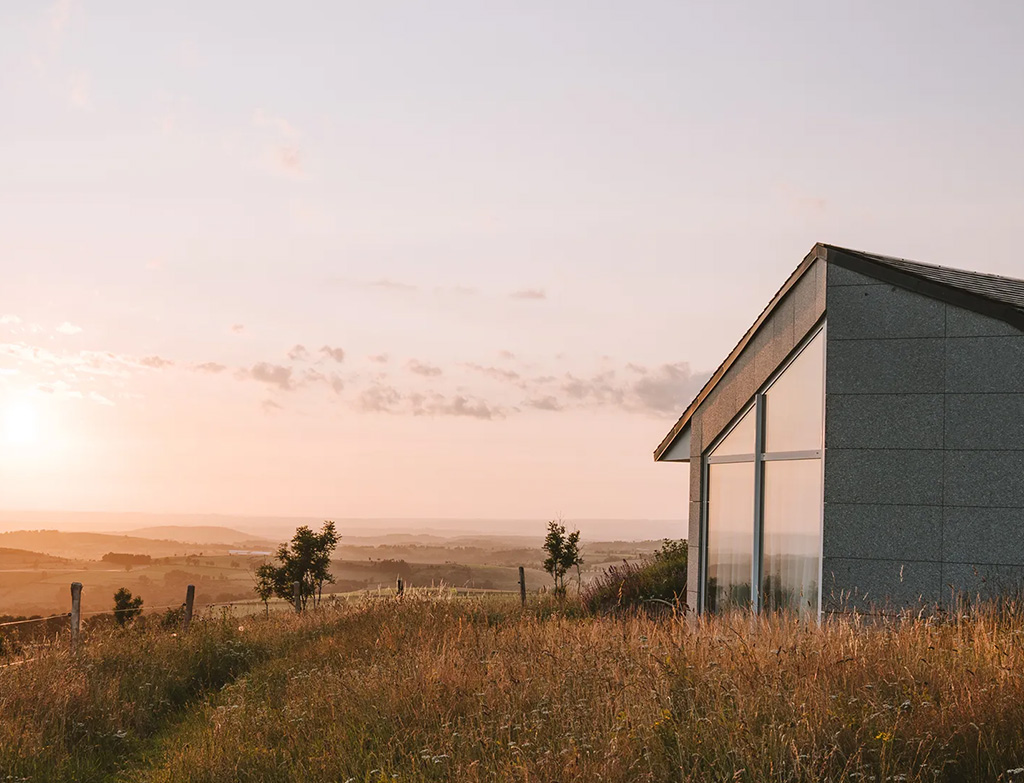
High on the Aubrac plateau, surrounded by wind-swept grasslands and clouds that skim the hills, Sébastien Bras continues his father’s culinary lineage at Le Suquet. With a tasting menu that honours the land while constantly remaking it. The glass-encased building blends with the landscape, offering stunning views of the surrounding natural park. Inside, the dishes arrive with clarity: a beef infusion steeped in bone marrow, a whisper of anchovy where umami demands it. Here, vegetables are protagonists, and the season dictates everything. Japan’s influence shows in the discipline of the flavors, but the soul is unmistakably French.
Kylesku, United Kingdom
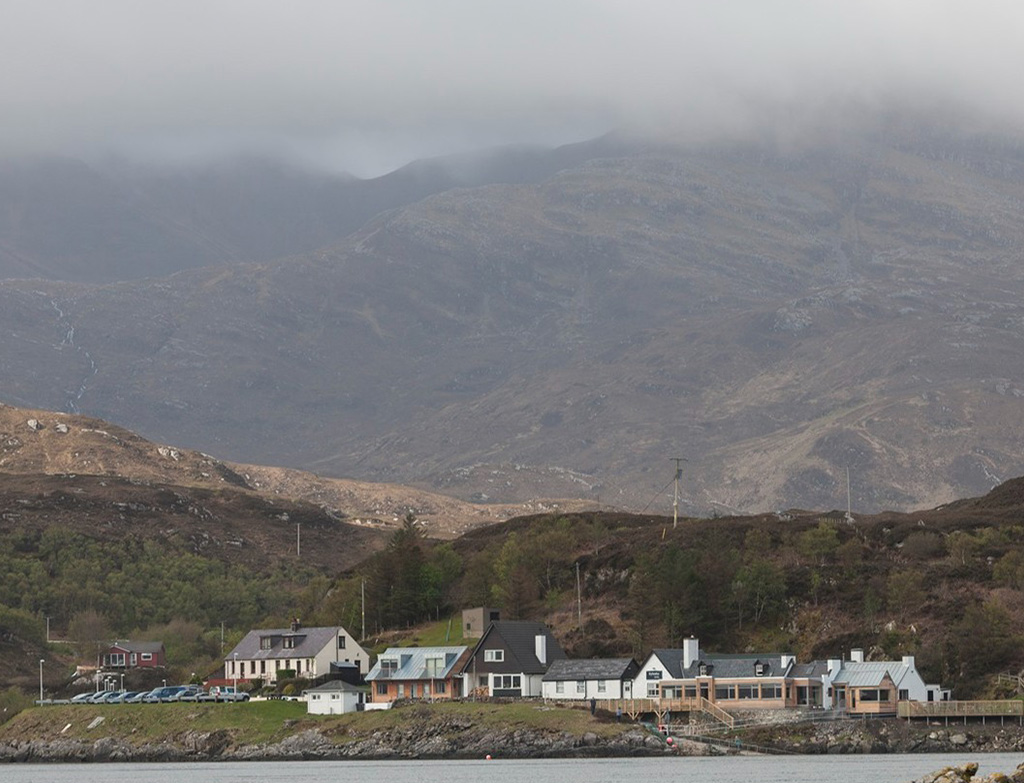
At the tip of Scotland’s northwest wilds, where land becomes loch, Kylesku Hotel is a 17th-century coaching inn reimagined for the modern gourmand. The restaurant, Michelin Plate-awarded but unpretentious, is built on local allegiance: langoustines and mussels hauled in from just offshore, Shetland lamb raised nearby, vegetables and herbs pulled from rugged Highland soil. The view from your table—across Loch Glendhu toward peaks that seem painted in mist—is pure Scottish theatre. Getting here means winding roads and soft sheep traffic. You come for the seafood, stay for the single malts, and leave tasting salt, smoke, and maybe a little wind.
Sem Pressa Paraty, Brazil
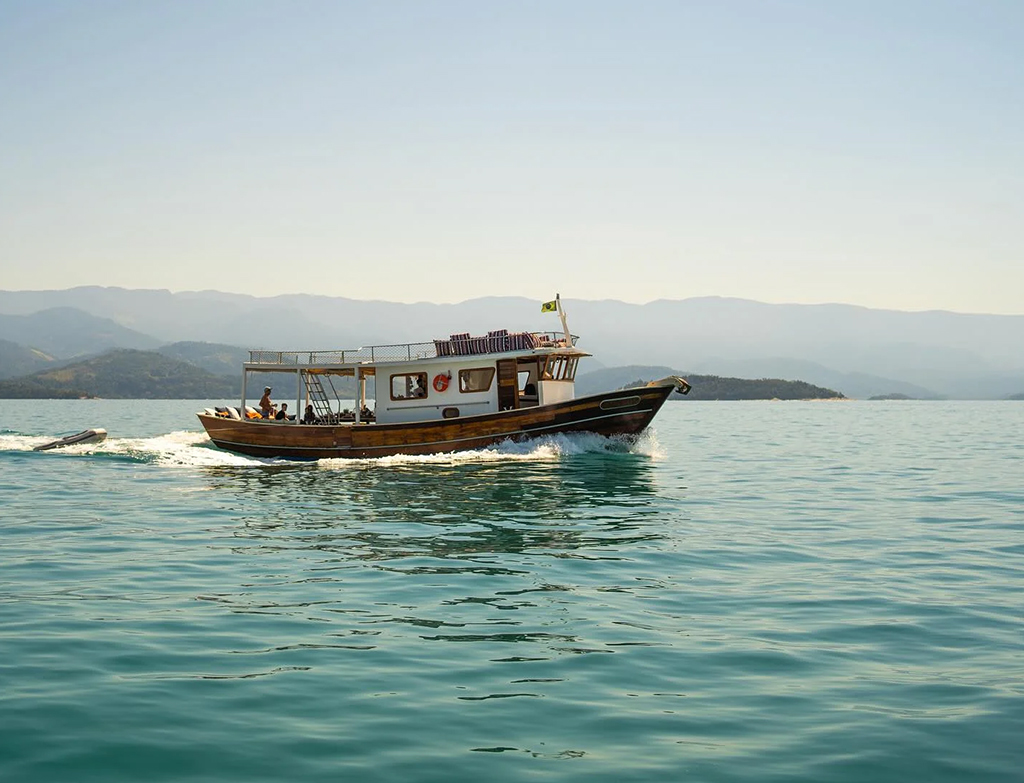
Sem Pressa doesn’t have walls. Or a floor. Or even a permanent address. Instead, Chef Gisela Schmitt’s 6-course fine dining experience takes place on a sleek, 50-foot trawler drifting across Paraty Bay, where jungle meets sea and the humidity wraps around you like silk. The name means “without hurry,” and the cadence of the meal reflects that: oysters served as the boat slices through mangrove shallows, cassava crisps cradled in banana leaves, a sous-vide lobster course lit by the orange bruising of sunset. A bartender, a captain, a curated wine pairing, and enough atmosphere to rival any rooftop in Rio (minus the cellphone network, maybe).
Isfjord Radio Restaurant, Norway
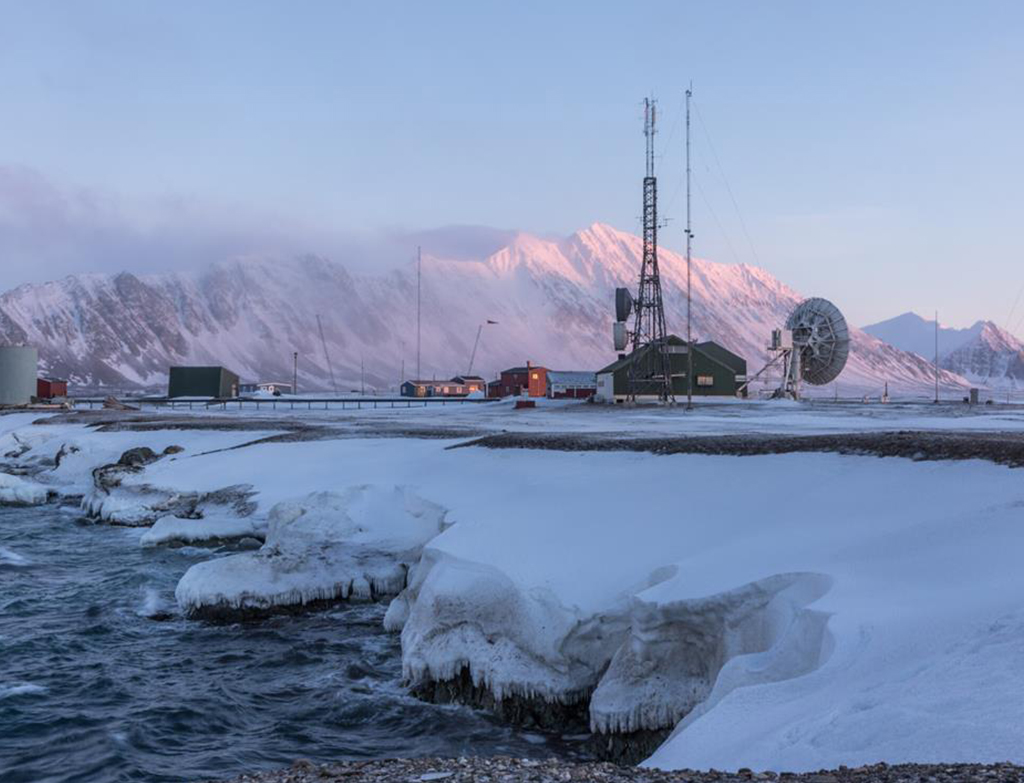
Perched on the frozen lip of the Arctic, 90 kilometers from Longyearbyen, this former radio outpost is now a minimalist lodge serving up slow luxury and frostbitten thrills. In winter, guests arrive by dogsled or snowmobile; in summer, via boat, dodging ice floes. Either way, the welcome is warm, and the cuisine, surprisingly inventive. Chef Rogier Jansen crafts seasonal menus from what the land allows: reindeer, Arctic char, foraged herbs, preserved roots. Local trapper Tommy Sandal supplies wild meat. The food is plated against a backdrop of glacial silence (with the occasional chaos caused by a polar bear passing by). There’s Wi-Fi, but you won’t need it. Here, the most memorable connection is between appetite and awe.
Iris, Norway
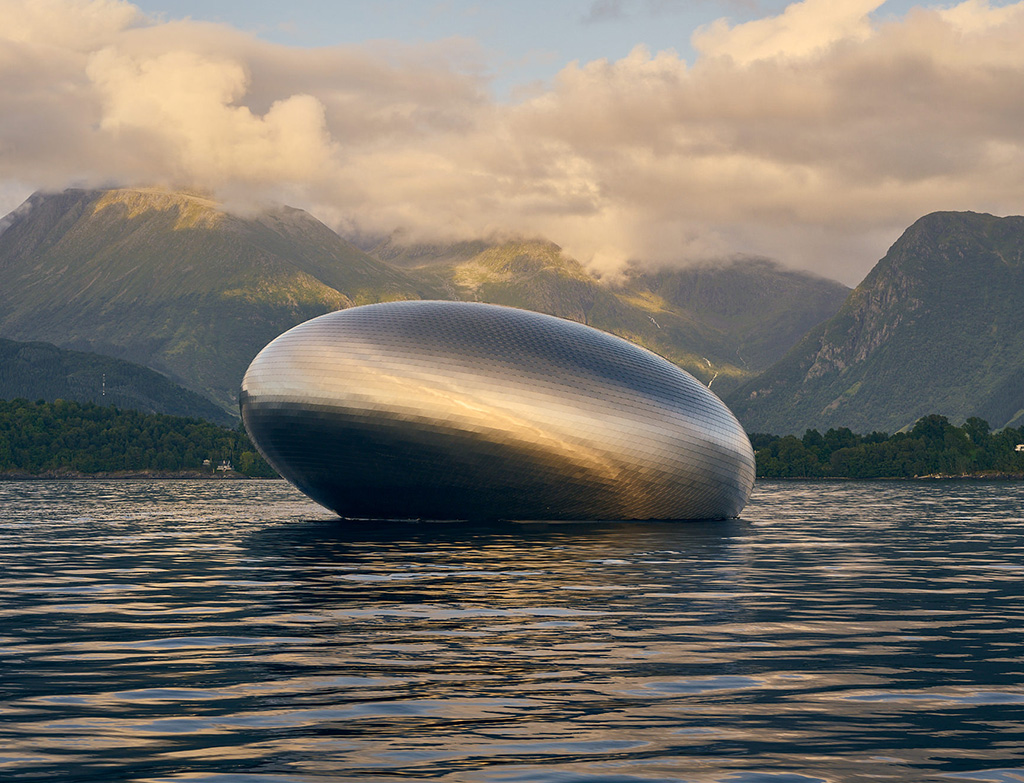
Floating in Norway’s Hardangerfjord like a dropped chrome seed, Salmon Eye looks more like an art installation than a restaurant—and that’s partly the point. Inside its gleaming, ovular shell lies Iris, one of the world’s most radical fine dining concepts. Chef Anika Madsen calls it “expedition dining”: a multi-sensory, fixed-menu experience that begins with a boat transfer and ends in a suspended state of culinary philosophy. Dishes might include fermented scallops, fjord herbs, jellyfish, or sea buckthorn foams—all laced with subtle provocations about climate, aquaculture, and our future relationship to food. The journey isn’t just physical, it’s intellectual. You eat. You think. You reconsider salmon. It’s theatrical, yes, but rooted in a deep commitment to local sourcing and environmental urgency.
ice Q, Austria

At 3,048 meters above sea level, you’d find a glass cube perched on the summit of Gaislachkogl. Flanked by over 250 Alpine peaks, it is the ice Q, housed in the Das Central Hotel. The restaurant leans toward modern alpine cuisine with finesse—think Tyrolean venison tartare, glacier-aged beef, and an indulgent selection of Austrian wines, including the house-label Pino 3000, matured in barrels at these very heights. Getting here is half the theatre (via cable car, then skybridge), but once inside, time slows down—and the view, like the wine, goes straight to your head.
Café 3440, Austria

Just when you think Austria’s culinary altitude can’t go higher, enter Café 3440— the highest coffeehouse in the country, and arguably one of the most serene anywhere in the Alps. Located atop the Wildspitze in the Ötztal mountains, it’s accessed via a sequence of gondolas that feel like entering another realm. Here, the glass-walled café hangs above the clouds, offering snow-glare views of glaciers while serving pitch-perfect strudels and locally roasted coffee. The exquisite pastries, savoured in the frost-kissed tranquility at 11,300 feet, are reason enough to journey back.
The Rock Restaurant, Tanzania
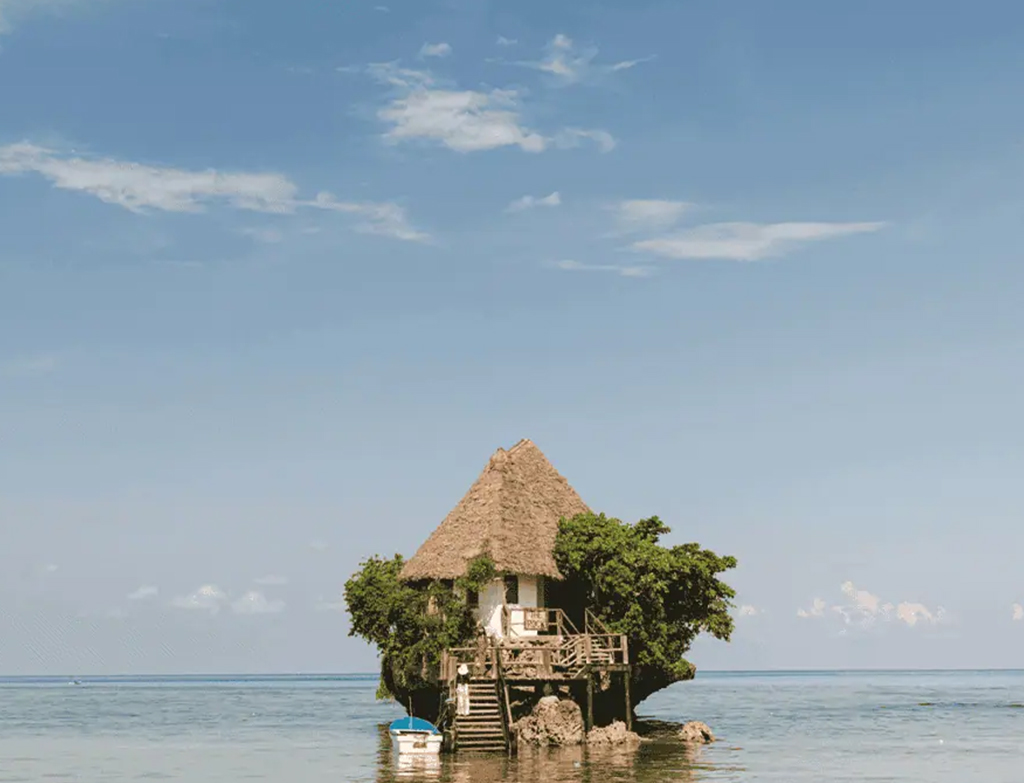
Stranded on a lone outcrop off Pingwe Beach, The Rock is one of those rare restaurants that looks like a Photoshop job—until you find yourself wading toward it at high tide, sandals in hand. Once a humble fishing post, it now holds space for a handful of tables beneath a thatched roof, surrounded by 360° of Indian Ocean. The menu is a love letter to Zanzibar’s waters: grilled spiny lobster, octopus curry, and prawns in Swahili sauce, plated with quiet confidence and served with a sea breeze. It’s not easy to get to, and the tide decides your timing, but that’s part of the charm.
Berggasthaus Aescher, Switzerland
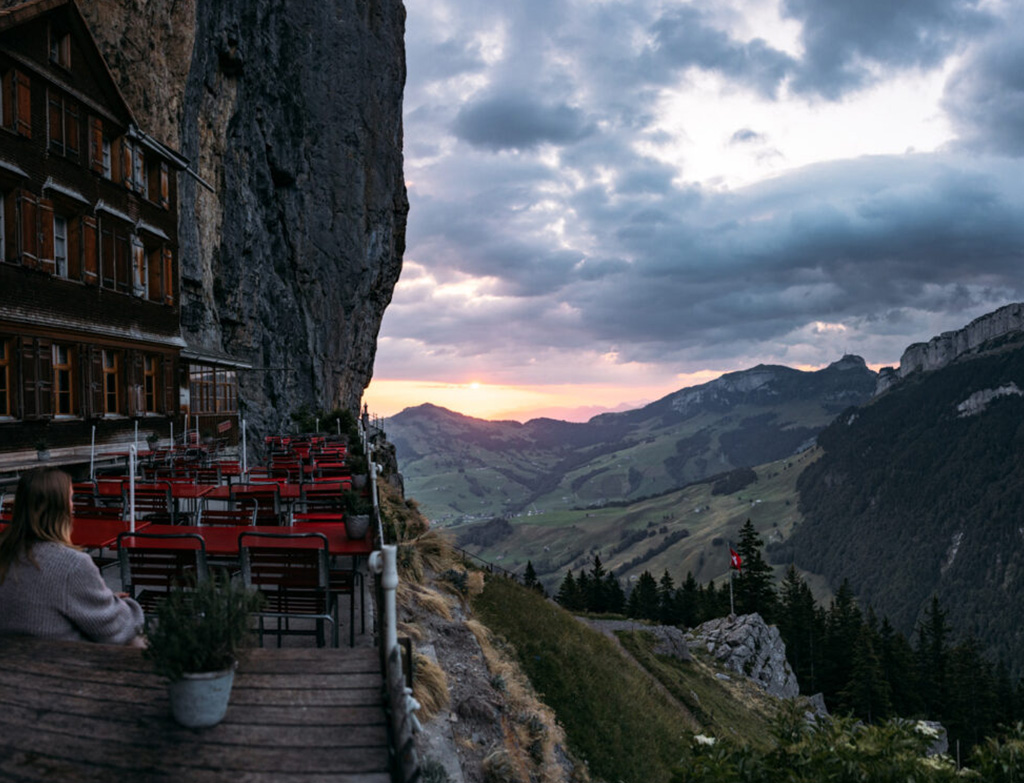
Built into the sheer cliffside of Ebenalp mountain, Berggasthaus Aescher looks like something from a fable. Originally a resting place for herders in the 1800s, it now draws hikers, pilgrims, and the occasional wayward foodie willing to trek (or cable-car-hop) for a plate of Röstis with a view. The menu is humble, Alpine comfort food, built around local cheese, dried meats, and heirloom corn varieties like Ribelmais but made rich by its sense of place. Here, the past is preserved in slow meals and warm soup.
Bulagtai Restaurant, Mongolia
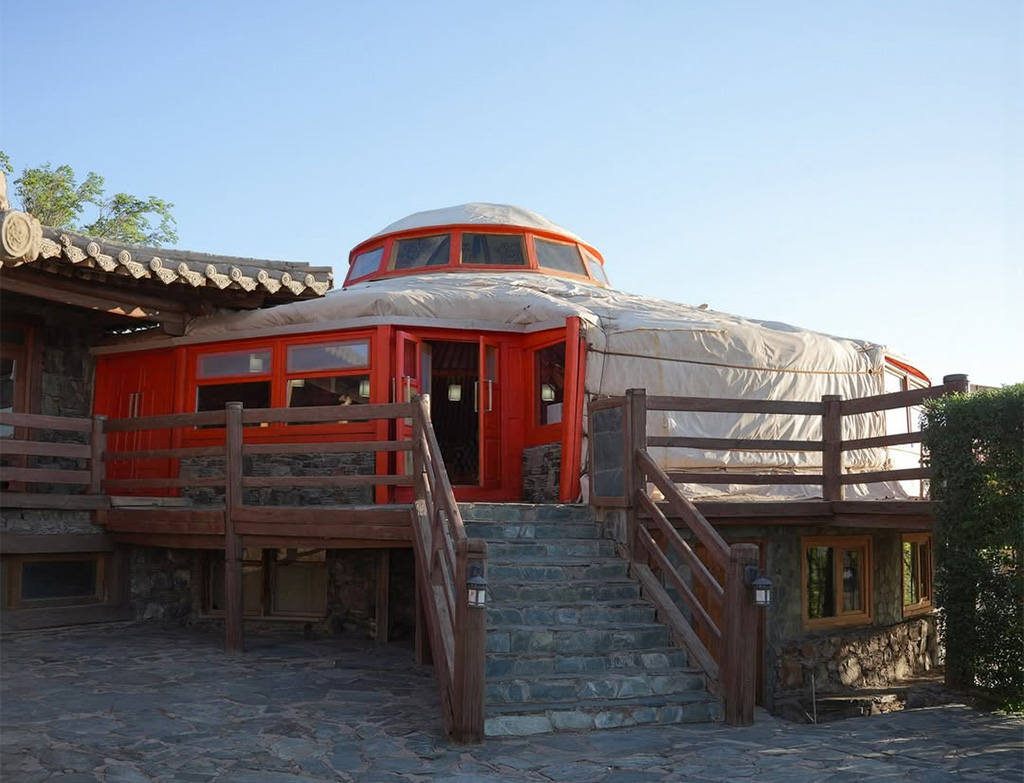
Hidden deep within Mongolia’s Gobi Desert, at the sustainability-forward Three Camel Lodge, Bulagtai serves a refined, contemporary take on the country’s nomadic traditions. Think: Buuz (steamed dumplings) reimagined with organic mutton, Tsuivan noodles hand-pulled from local wheat, and produce pulled from the lodge’s own greenhouse—one of the few green patches for miles. What sets this place apart isn’t just its remoteness—reached by flight, dirt road or private chopper—but how respectfully it reshapes its environment into cuisine. Meals are quiet, communal, and grounding. You’ll eat beneath felt canopies, beside herders-turned-guides, under a boundless sky.

 Add to favorites
Add to favorites
